Dutch artist Stef Kreymborg’s work explores the relationship between order and chaos through the patterns in nature. She uses a combination of paper, wood, plastics and textiles to create her distinctive mixed media art. Stef describes textiles as ‘the best way to visualise her dreams’.
In our interview with Stef she tells us about the strong influence her family had on her education and talks about her route to becoming a full-time artist.
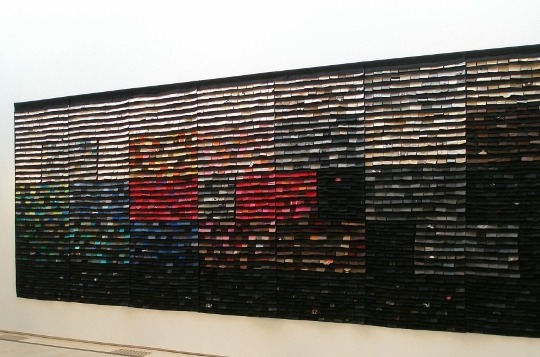
A way of life
TextileArtist.org: What or who were your early influences and how has your life/upbringing influenced your work?
My mother was a painter, but would also work with textiles. Reusing textiles was a necessity initially which later developed into her way of life. After World War ll, in the 50s and 60s, my father imported newly designed furniture, carpets and re-designed textiles into Holland from Denmark, Italy, Germany and England. So as a child I was surrounded by new and experimental forms and materials.
I learned how to play with colours, forms and materials in a very natural way – this all felt quite normal. It was only later that I realised that growing up in this environment was very special.
I’m convinced this was the best school to understand, look and feel – helped partly by many visits to galleries and museums. To this very day, I follow and rely on my early insights thanks to this free education.
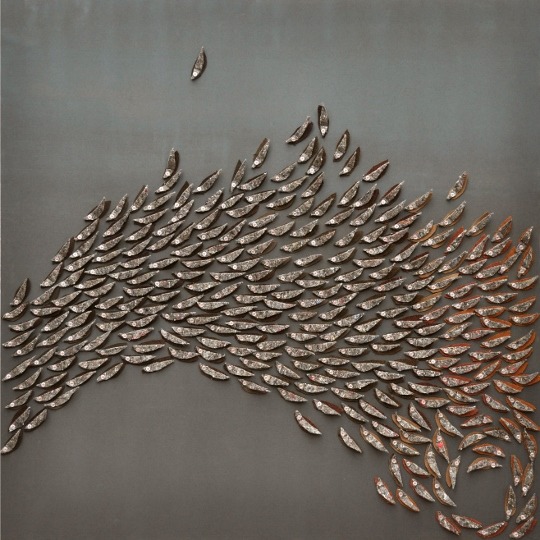
What was your route to becoming an artist? (Formal training or another pathway?)
After high school I attended a teacher training course for textile art, and for the following 10 years I was a textile teacher in Amsterdam, Holland. My personal artwork (which I never stopped creating) took up more and more time over this period, leaving less time for schoolwork. So I became a self-employed full-time artist.
How would you describe your work and where do you think it fits within the sphere of contemporary art?
I use many different techniques in my work – old and new ones, pre-existing or invented – which are appropriate to a specific work. The material will often be textile but I use also paper, thin wood and plastics – in every case it has to be flexible.
My work is made up of many small elements, when combined they form an expression of movement. The theme is always related to the interaction between singular and mass. One way or the other it’s about contact and communication. I use rhythm, order and structure as guidance.
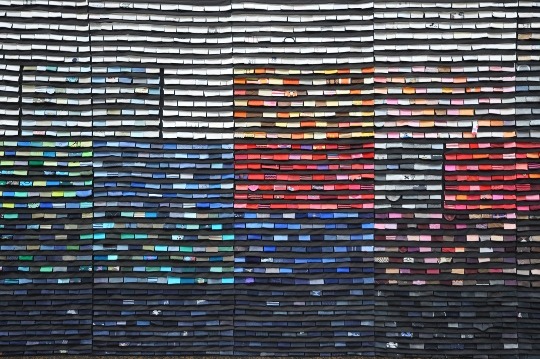
Sketch and explore
Tell us a bit about your process and what environment you like to work in?
I feel at ease in the privacy of my studio, so this is where I can play and discover. That doesn’t mean that every work succeeds immediately. On the contrary, I often need a long search to find the right expression – and the hopeless mood that accompanies it. This difficult route is interesting and instructive, it’s only when I follow this path that the result of my efforts leads to a good end.
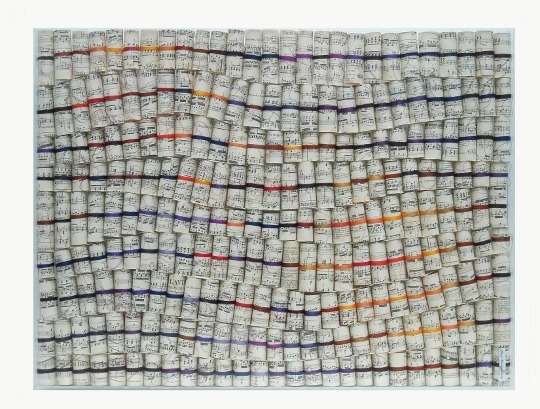
Do you use a sketchbook?
My little Moleskin always accompanies me. Every interesting word, form, idea, rhythm, memory, smell, movement, sentence, melody, building, thought, or colour is recorded. I often sketch and explore even further in my studio to get a picture.
What currently inspires you and which other artists do you admire and why?
I’m always touched by simplicity and purity. Less is more. Expressiveness through strong data. I admire artists such as Giuseppe Penone, Ferdi Tajiri, Herman Scholten, Jan Schoonhoven (zero) and Lucio Fontana, musicians like Johann Sebastian Bach and Simeon ten Holt and in architecture, Mies van der Rohe and Frank Lloyd Wright.
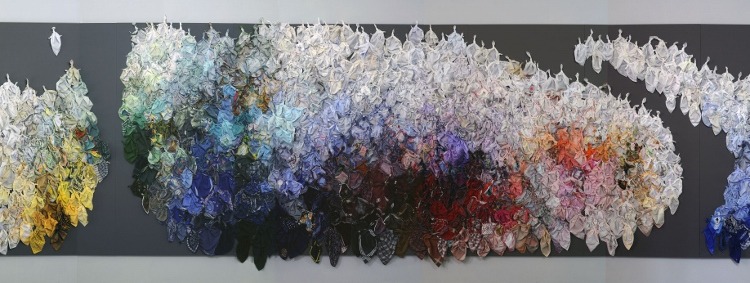
Complete freedom
Tell us about a piece of work you have fond memories of and why?
It’s a very early piece of work from the seventies that doesn’t exist anymore. I often see this work in my dreams. Hundreds of tiny cushions in shades of white and beige together on a wooden surface – all interchangeable, forming a new entity. Both the image and the work itself were destroyed when my house burned down to the ground in the 80s.
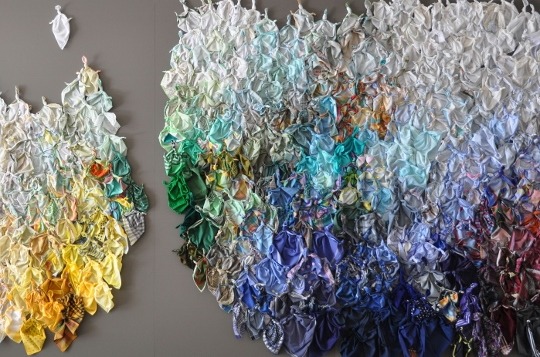
How has your work developed since you began and how do you see it evolving in the future?
I think my work has become more mature, less fixed, more free, less framed and more personal.
I hope to achieve complete freedom – I want to continue to amaze myself.
What advice would you give to an aspiring textile artist?
Be yourself and look for what touches you deeply. Don’t care about opinions or what is expected of you in a certain time, from certain people or a certain art movement.
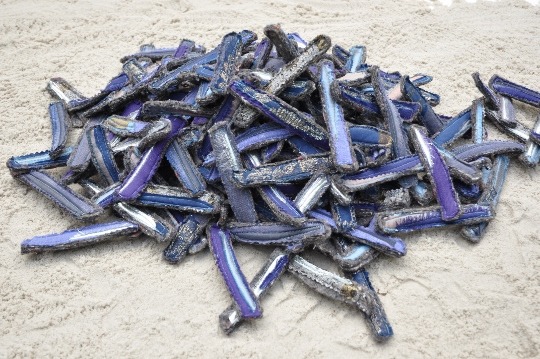
Excite and astonish
What other resources do you use?
My daily pictures – I always carry my camera. I photograph everything that excites and astonishes me. On my blog I post a picture every day – the laws of nature are related to shape, colour and movement in culture.
What piece of equipment or tool could you not live without?
Graphite pencil and scissors. Assemble and dismantle.
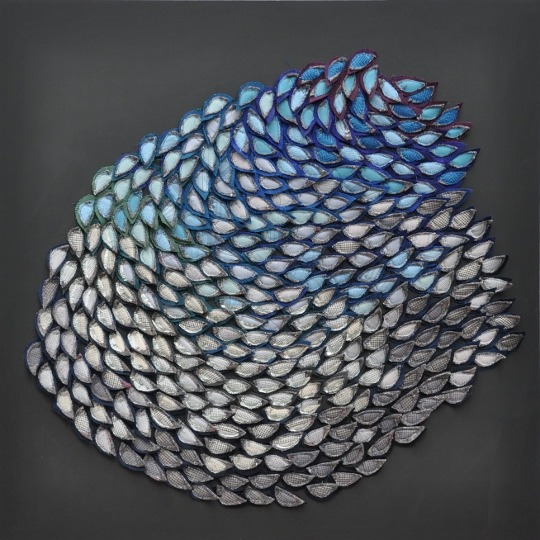
Do you give talks or run workshops or classes? If so where can readers find information about these?
No regular workshops, however I am often asked to talk about my work. All information about my work on www.stefkreymborg.nl
How do you go about choosing where to show your work?
It depends on the available space, exposure and any co-exhibitors in the relevant gallery or museum.
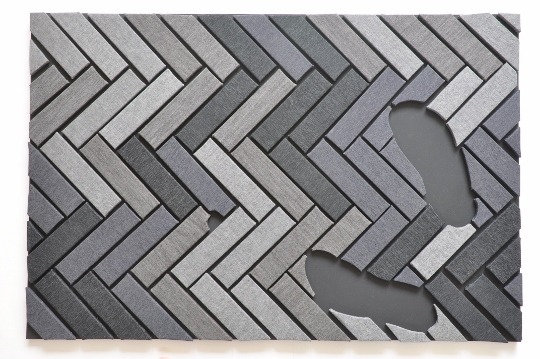
Where can readers see your work this year?
All my news is on www.stefkreymborg.nl
If you’ve enjoyed this interview with Stef let us know by leaving a comment below.
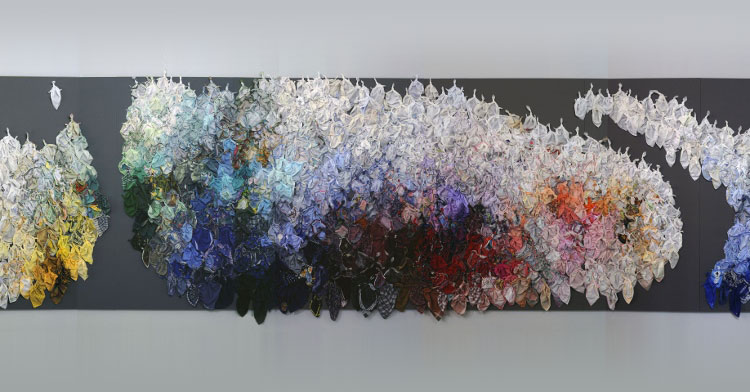
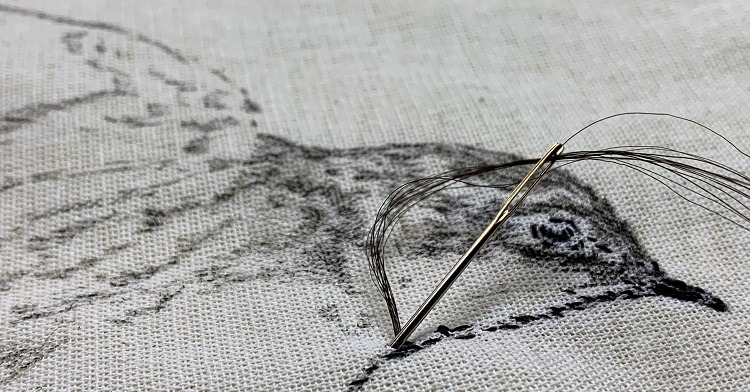
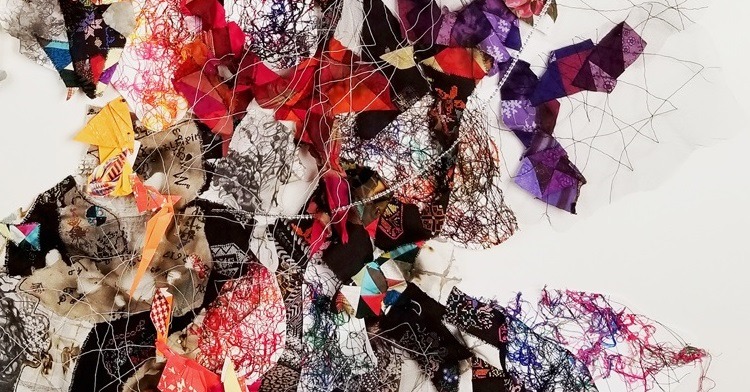
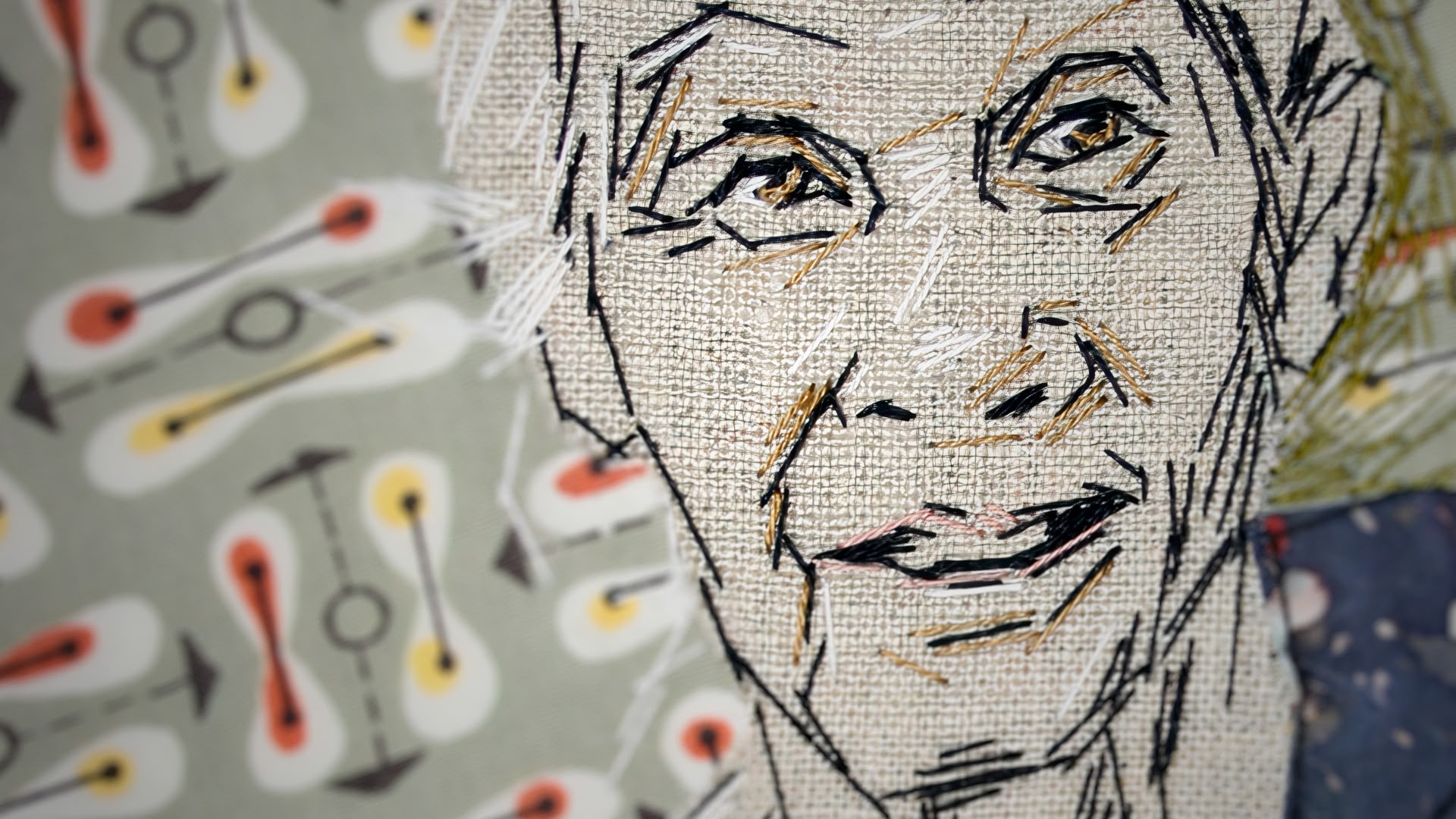
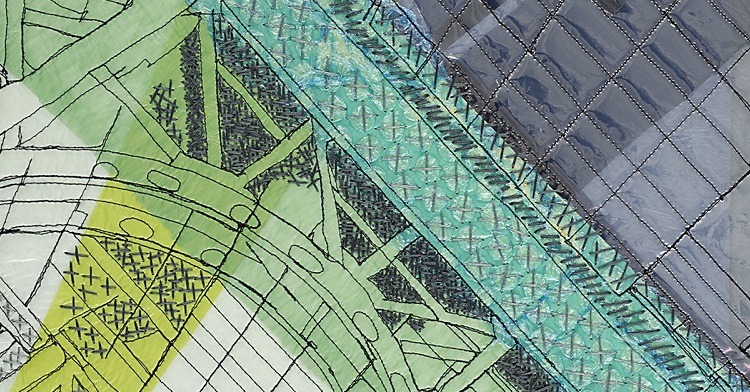
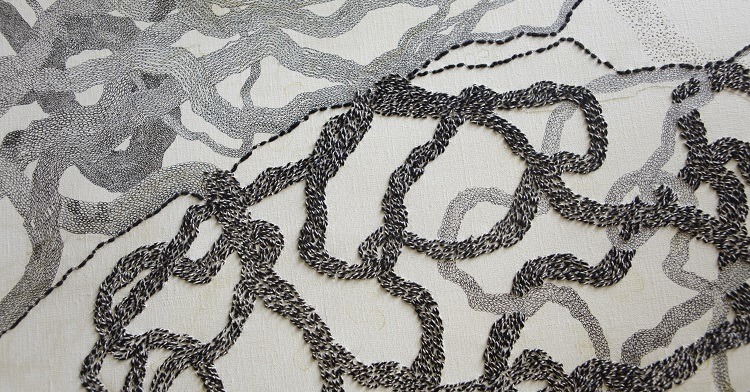
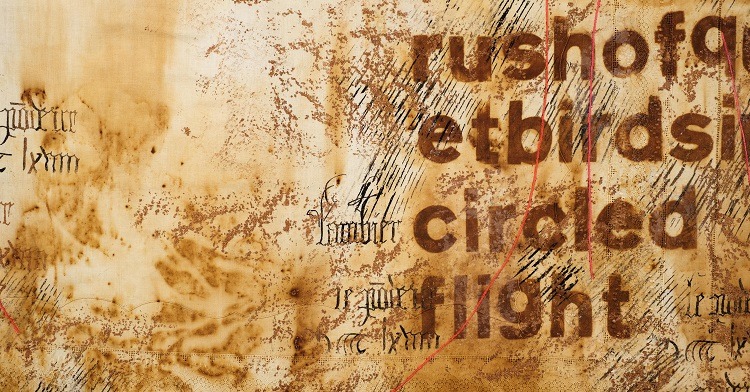
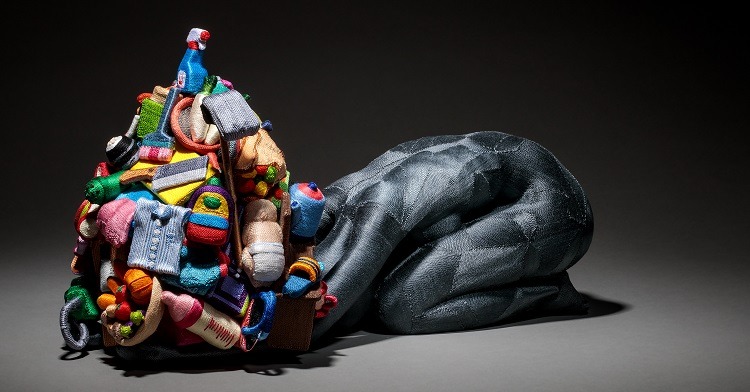
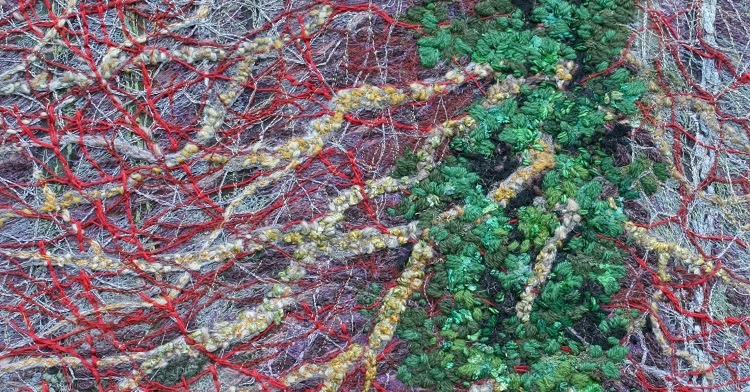
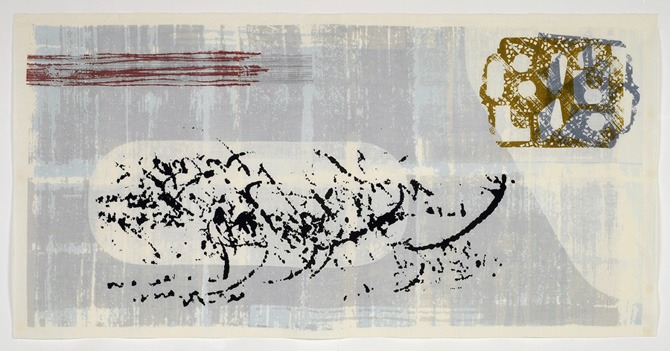
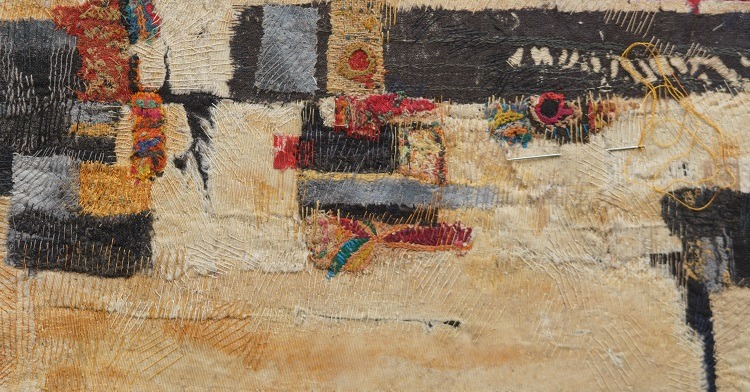
2 comments
Angela
Thank you very much for introducing me to Stef Kreymborg’s work. It is amazing and very very inspiring.
CORRY Luijt-Roskam
I am impressived by the beauty of simplicity. Corry